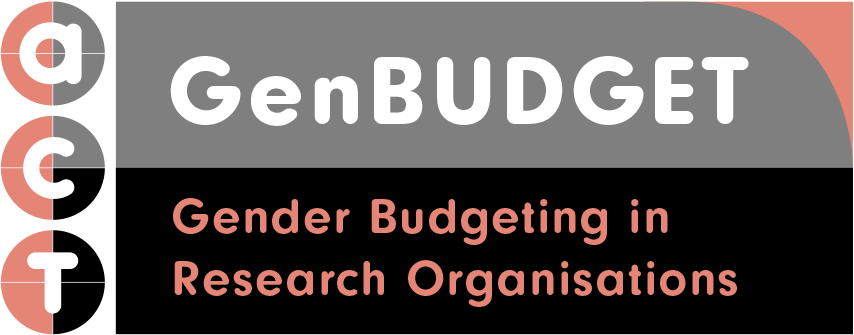Admittedly, I anticipated that contacting stakeholders at the University of Southern Denmark (SDU) to collect information about SDU’s budgeting would be an uphill battle with some suspicious reactions, or worse, to be expected. Not that SDU is known to be a hostile environment, far from it, but when asking for sometimes privileged information about the distribution of financial funds, and the potentially gendered patterns herein, some reluctance is to be expected.
I have been surprised by, not only, how easy the process has been so far, but also how this process seems to accomplish more than I expected from the outset. When this Gender Budgeting CoP was conceived, I was a relatively recent addition to the Gender Equality Team at SDU. ‘Cold calling’ and meeting with numerous SDU staff members at all hierarchal levels was beneficial in several ways. My daily activities as a Gender Equality Consultant already entailed engaging stakeholders across the organization, but this task seemed to quadruple my number of contacts within a few weeks. While I expected, perhaps naively, that I might be ‘lucky’ to collect the information I needed relatively quickly and move on to the analysis phase, the process has proven to be quite different. Here are a few things I learned while conducting the initial round of fact-finding interviews.
Cultivating relationships and creating ambassadors
It is a well-known fact that personal behavior will affect one’s impact and ability to create organizational change. This is theorized in organizational scholarship and, one hopes, experienced by most people driving organizational change projects. Certainly, my ongoing interactions have surprised me by accomplishing more than I expected.
Superficially, these interactions are about SDU’s financial priorities. In the process however, I experience an ability to massage the gender equality (GE) agenda into the organization organically, where I am able e.g. to catch misconceptions, ensure immediate relevance to individual stakeholders, or explain aspects that require more time than might be available in larger workshops.
From the beginning of the interview process, I was thanked by the very first interviewee for meeting in person (this was before Covid-19), as the technicalities of my errand could easily be accomplished in an online meeting or even a phone call. This awareness on behalf of my first interviewee increased my own awareness about the importance of the physical set-up. I was lucky enough to complete the first round of interviews, of about twenty people, before the pandemic hit. It is far easier to cultivate existing relationships online than to develop new ones, and I still benefit from this foundation established in the first round of in-vivo interviews.
Becoming (even more) informed through encountered resistance
Many people working in GE or diversity and inclusion generally experience the constant balancing act of being the ‘pushy activist’ and the pragmatic and diplomatic colleague who ensures that our agenda is relevant, comprehensible and adds value to the individual stakeholders.
In the interview process, I benefit from the openness of my interviewees, when it is ‘just the two of us,’ whether they are speaking on or off the record. This openness about their sometimes very critical opinions about GE allows me to understand better where they are coming from, and which (mis)conceptions may fog their perceptions and reactions.
The ripple effect of gender equality work
In the current piloting of SDU’s Gender Equality Plan (which is also a deliverable in our SPEAR project), we use a systematic framework to ensure the necessary reach and dialogic nature of the implementation into all corners of the organization, and the crucial monitoring and evaluation measures to ensure sustainability.
Integral to this process is the more abstract question about how to massage cultural change into an organization. The interviews for the gender budgeting project involve people from very different parts of the organization, including both administrative and academic staff. This has increased my awareness of how gender equality work sometimes creates a ripple effect, where interviewees who I initially perceived to be ‘information providers’ realize that they themselves, or their colleagues, might benefit from gender equality measures, they share the message with colleagues, qualify my methods, or affect the process in other ways.
SDU’s Gender Equality Team typically uses tailored approaches to engage stakeholders, depending on the context, and we have developed methods for countering resistance, as many people in this field know are necessary. We also methodically ‘walk through the open doors’ and engage the people we find to be sympathetic to the GE agenda and use that foundation to keep opening new doors. The ripple effect I experience now seems almost like a continuation or variation of this approach.
